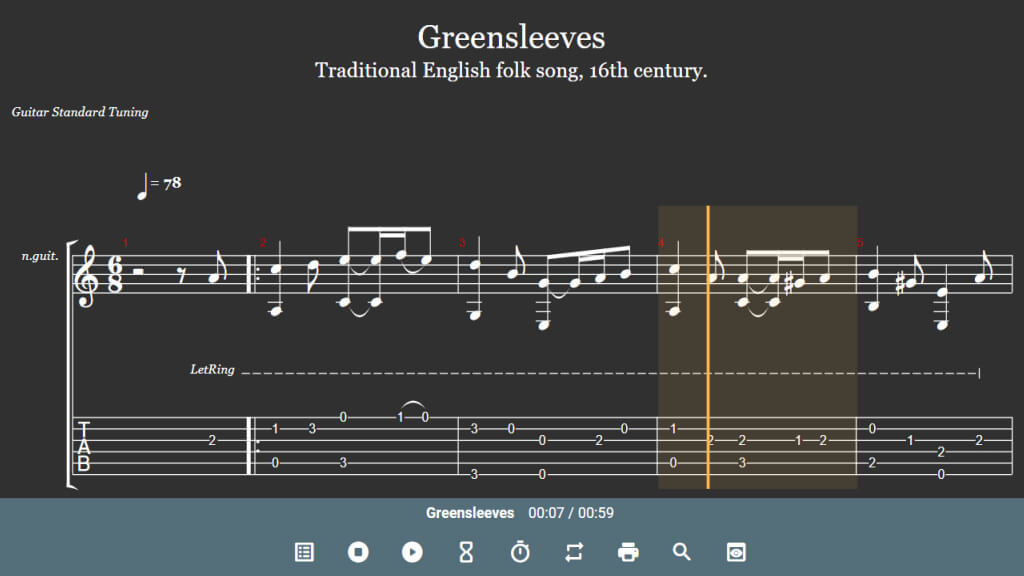Formula and Structure of the G7#9 Chord
Interval formula from the root note: 1 — 3 — 5 — b7 — #9. The chord consists of the following notes:
- G — unison and the main tonal anchor.
- B — major third with a bright major quality and clear stability above the tonic.
- D — perfect fifth, stabilizing the triad and adding tonal grounding.
- F — minor seventh with dominant pull toward the tonic.
- Bb — sharp ninth with a bright spark of dominant color, especially beautiful in the top voice.
Together, these notes form the harmonic foundation of the G7#9 chord, defining its sound and role in the musical context.
Alternative Names for the G7#9 Chord
There are no alternative names for this chord.
Using the G7#9 Chord
Build a stable frame from the 3 and b7, keeping them in fixed positions. Add colors (#9, b9, #11, b13) sparingly to preserve clarity. Classic usage is II–V–I, but it can also work in bebop runs. It’s useful to omit the fifth temporarily to make room for color tones.
Conclusion
G7#9 is an expressive and versatile chord. Learn several fingerings, experiment with different positions and voice spacing, then try weaving it into your own playing — this will help you quickly find your unique tone.













